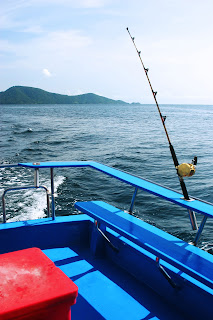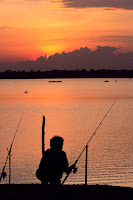Search This Blog
Hiking, Backpacking, Fishing, Geocaching and Photography in the Rocky Mountains and beyond.
Posts
Showing posts from February, 2011
Trolling with Lead Core Line- What is it?
- Get link
- Other Apps
101 Places to Take a Kid Fishing
- Get link
- Other Apps


